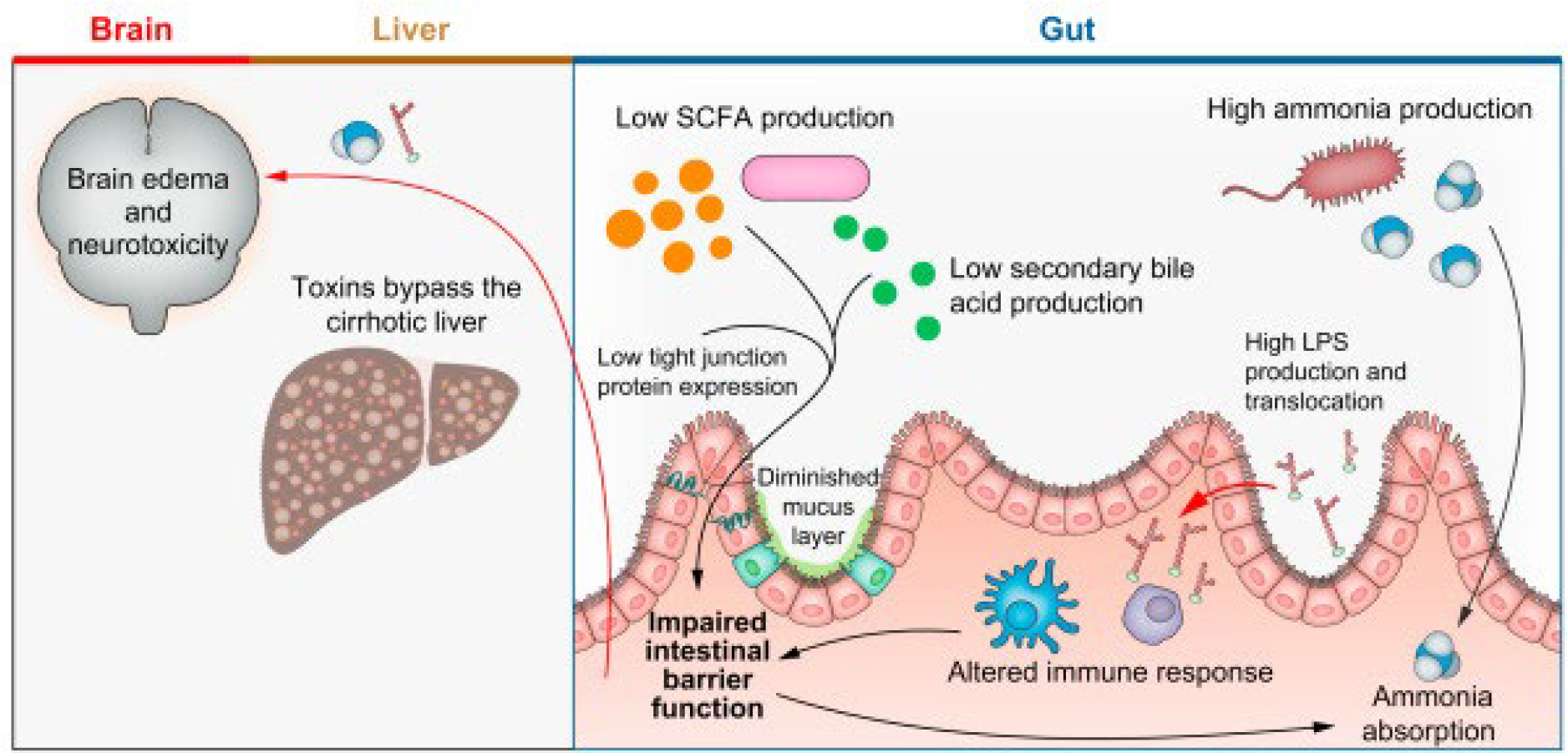Fig. 1. The pathogenic mechanisms of hepatic encephalopathy.

Changes to SCFAs, secondary bile acid, tight junction protein, and mucus production contribute to increased intestinal permeability. Intestinal bacterial products, including ammonia and LPS, are able to traverse the epithelial membrane and bypass the liver due to hepatic dysfunction and portosystemic shunting. They enter systemic circulation and reach the brain, where ammonia enters astrocytes and leads to neurotoxicity. LPS, lipopolysaccharide; SCFAs, short-chain fatty acids.
